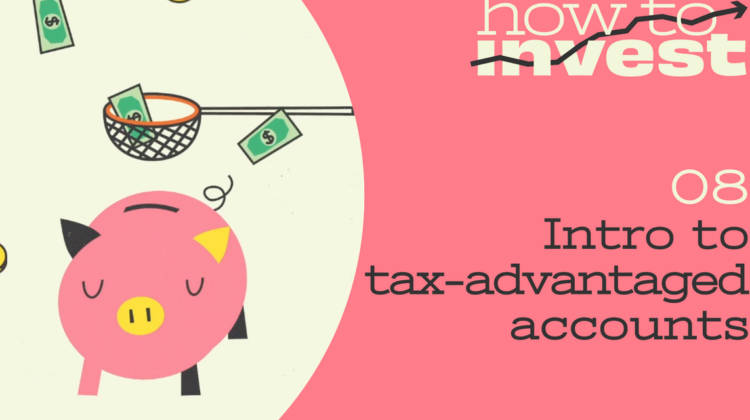
There is a beast that has loomed over generations of investors, waiting to devour gains.
We are talking about taxes. At roughly 6,500 pages, the U.S. tax code is long and complicated. The IRS regulations that enforce the code run an estimated 4 million words. That’s akin to reading “War and Peace” – seven times.
Fortunately, you don’t need to read it all in order to pursue a simple goal: minimizing your taxes, fairly.
As an investor, there are a few key things that can go a long way.
There are, for instance, tax-free bond funds, whose portfolios contain bonds issued by some levels of government. Because investors, in this case, are funding the government, the government often demands no taxes back. Of course, nothing is free. The tax advantage usually is reflected in the returns on those investments.
Another useful principle to minimize taxes: Kick the can down the road. Many retirement accounts let workers invest pre-tax income. The government doesn’t take its cut for years, when the money is withdrawn. Typically, that benefits workers and it is a big reason why investing in a 401(k) or similar account at work is a good idea.
In addition to kicking the can, it’s also a good idea to hold onto your investments for long periods of time. Short-term investing gains are usually taxed at higher rates than long-term gains. That’s doubly good news for investors because investing for the long run usually trumps gains made from short-term trading activity.
Taxes, of course, get harder the more complicated your portfolio is, so you may find value in getting help from a professional accountant. Good help is worth its weight in gold—perhaps literally.
I’ll dig in deeper – though, I promise, not War and Peace deep – in this video. But first, a quiz:
What would be worth more at retirement: $10,000 invested in a pre-tax retirement vehicle or $7,000 invested in an after-tax retirement vehicle such as a Roth IRA?
Watch this video.
